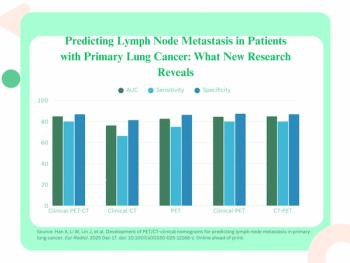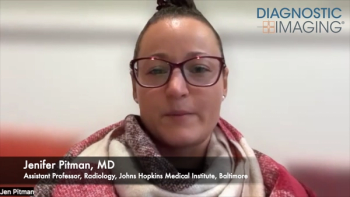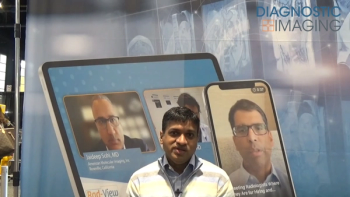
Could Photon Counting CT Supplant MRI for Imaging Assessment of Hepatic Steatosis?
Preliminary research suggests no significant differences between photon-counting computed tomography (CT) and magnetic resonance imaging (MRI) in the quantification of liver fat fraction in obese patients.
Could photon-counting computed tomography (PCCT) provide a viable alternative to assessing hepatic steatosis, which reportedly affects 25 percent of the worldwide population?
In a prospective pilot study, published recently in the
The study authors found only a 1.1 percent difference in the mean fat signal fraction measurement between MRI (13.1) and PCCT (12.0).
While acknowledging non-targeted liver biopsy as the standard for diagnosing hepatic steatosis, the researchers said the invasive nature of biopsy limits its use for monitoring disease progression or the impact of treatment. Noting the high diagnostic accuracy of MRI for hepatic steatosis, the study authors maintained that specialized sequences, a time-intensive exam, and limited access curtail use of the modality in this patient population.
In contrast to the low sensitivity of non-contrast CT for liver fat quantification, the researchers said the PCCT device (NAEOTOM Alpha®, Siemens Healthineers) utilized for this study features energy-resolving detectors that help identify and quantify multiple materials such as iodine and fat, facilitating precise screening and monitoring of hepatic steatosis on CT exams.
“(Photon-counting CT) has the potential of providing more sensitive opportunistic screening for hepatic steatosis on all CT scans of the abdomen acquired in an imaging department, regardless of patient size and contrast material given, which opens up possibilities for early treatment,” wrote Daniele Marin, M.D., an associate professor of radiology at the Duke University School of Medicine, and colleagues.
(Editor’s note: For related content, see “
The study authors pointed out that the fat quantification algorithm for the aforementioned PCCT device is currently pending FDA clearance and is only available for research applications.
In regard to study limitations, the researchers acknowledged the small cohort with data coming from a single institution. In their comparison of PCCT and MRI fat fraction measurements, the study authors said they used a simplified formula, which was not well suited for measuring high fat fractions. They suggested that larger studies should compare multiple imaging modalities as well as imaging performed with and without iodine-containing contrast media.
Newsletter
Stay at the forefront of radiology with the Diagnostic Imaging newsletter, delivering the latest news, clinical insights, and imaging advancements for today’s radiologists.



























